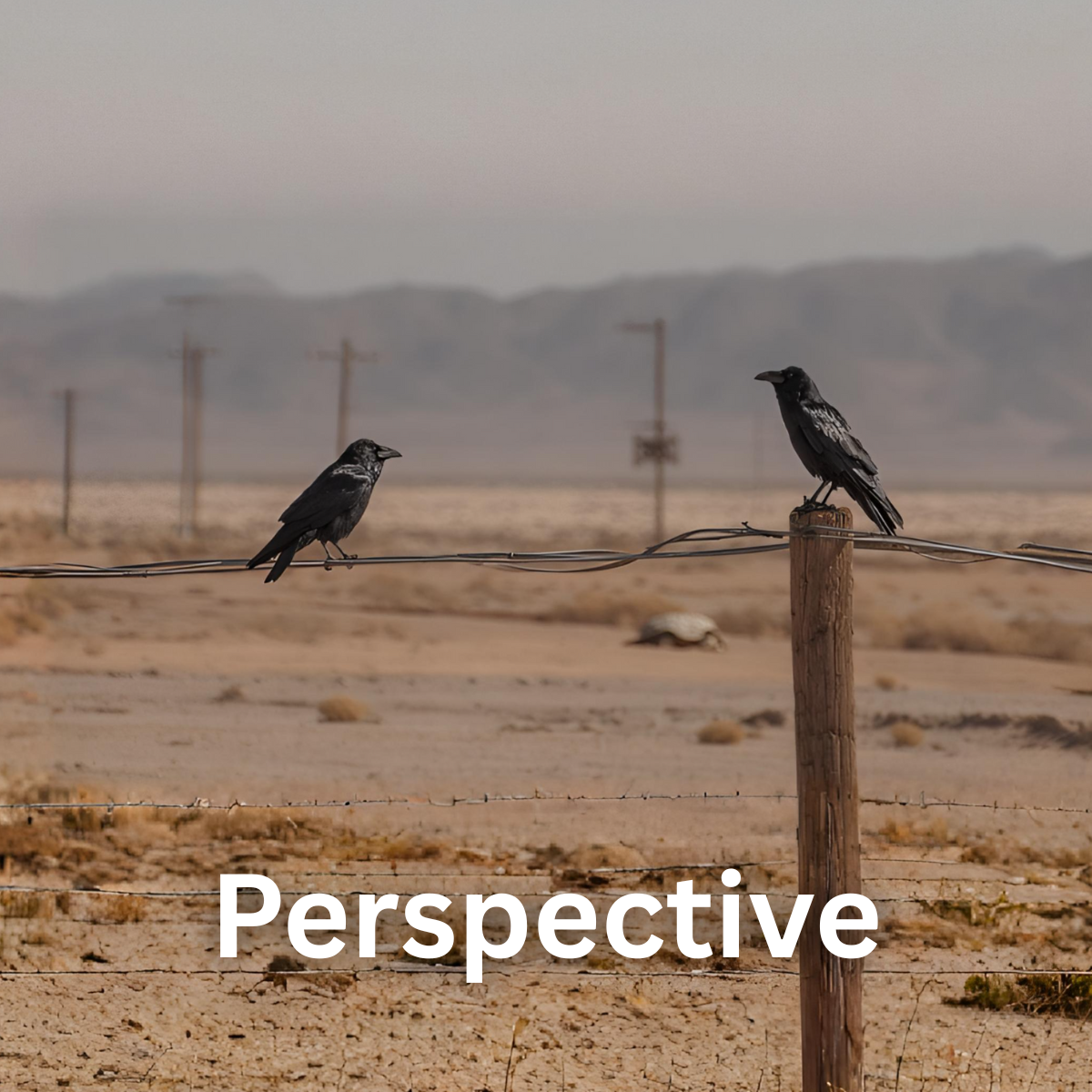The first time I heard the phrase one throat to choke I felt a strange sense of relief. Finally, a single owner. One name on the line. No confusion. No committees. You could almost hear the gears engage. Decisions clicked, the message stayed consistent, and in a regulated world the paperwork marched in neat formation. For a while, it works like magic.
Then the work grows teeth.
The single owner stops being a clean lane and starts being a narrow bridge. Every priority must cross that span. Every dependency queues up at the toll booth. Vacations become risky. Attrition becomes a threat. Knowledge collects in one place like rainwater pooling in a sag in the roof. The weight builds quietly until the first drip appears on the ceiling tile.
I have lived this in program rooms and late night war rooms. The system looks orderly from far away. Up close, you see talented teams waiting. You see strong component owners who have been told to sit tight, who eventually stop trying to lead because their judgment is always overruled by a central funnel. You see integration surprises because no one regularly exercises the seams. The seams were smoothed over by that single owner, and now the edges are dull from lack of use.
The irony is that one throat to choke starts as a speed play. It is clarity. It is risk management. It is less coordination at the beginning. And all of that is true. It is also a tax you cannot escape as your system grows. The tax shows up as burnout, as a single point of failure, as local optimization, as hidden integration risk. In the end, the same model that got you moving starts to hold you in place.
So what do we do instead, and how do we do it without chaos?
Decentralization does not mean a thousand opinions fired from the hip. Decentralization means clear seams and strong contracts. It means stable interfaces that can evolve on purpose, not by accident. It means component teams that can move in parallel because they can trust the borders they share. Versioned APIs with change budgets and honest deprecation windows. Automated contract tests that run all the time, not just before a release. Shared observability where traces, logs, and metrics paint the same picture for everyone, so issues surface fast and do not hide inside tribal lore.
I picture a platform and product city. The platform team lays streets, curbs, and lighting. They own standards, paved roads, and shared services that make the city safe. Product and component teams build homes and shops along those roads. They decide their layouts and decorate their storefronts. They move quickly because the ground beneath them is firm. When the city must pivot, leadership pairs up across business and technology. Two in a box is less about redundancy and more about depth. One sees the customer, the other sees the system. Together they see the risks and the trade offs, and neither must recentralize everything to be heard.
Governance stays light. Automation does the heavy lifting. Architecture decision records capture why, not just what. Reviews are real conversations, not status performances. The gates live in the pipeline, so tests and service level objectives do the enforcement without another recurring meeting to drain the spirit.
And because structure is only a hypothesis, we measure. We resist the urge to worship dashboards, and we still measure. We keep a few dials we can actually read.
We watch delivery. How long does an idea take to reach production. How often do we deploy. How closely does planned scope match delivered scope. We watch reliability. What is the change failure rate. How quickly do we restore service. Are we meeting service level objectives for each component that a user can feel. We watch cross team health. Where are the delays while one team waits on another. How many incidents cross team boundaries because the contracts are not as solid as we thought. How much rework traces back to interface changes that were not understood. We watch the people. Work in progress per team. On call load and pages per engineer. Cycle time variability. All of this tells us whether the system is thriving or just surviving.
Rollouts that stick do not start with org charts. They start with a baseline. Two to four weeks of measurement with no changes. Then a small set of metrics that match our goals. We write thresholds as ranges, not targets, to discourage gaming. We make the metrics visible so the conversation moves away from opinions. Then we tune structure on a steady cadence. Not musical chairs, not whiplash reorganizations. We move ownership boundaries with intent, and we let the data lead us.
When decisions must be made about centralization, we ask a few plain questions and we write the answers down. How coupled are these parts? If a change in one area often breaks another, we centralize decisions for a time, we strengthen the contracts, then we loosen the grip again. Do we need to pivot across the system quickly. If yes, we centralize decision rights, not necessarily execution. What is the cost of failure compared to the cost of moving slower. If the failure cost is high, we tighten controls and plan change windows with care. Do we have leaders who can own seams. If yes, we modularize and give them clear service level objectives. Do we have the tooling to support this. If not, we centralize until we do. We score each answer low, medium, or high, along with the reason. We decide on purpose, we revisit after two release cycles, and we let the evidence bend the structure.
In short, we keep one accountable owner for outcomes that matter to the business, and we decentralize execution to the teams that own the parts end to end. That hybrid pattern respects clarity, and it unlocks speed at scale. We trade choke points for contracts, meetings for automation, vibes for metrics. We move slowly toward reliable measures, then we move the organization to match reality, not the other way around.
The temptation to find one throat to choke never really leaves. It promises ease in a messy world. But real progress looks different. It looks like shared responsibility with unmistakable boundaries. It looks like leadership that lifts, not hoards. It looks like learning loops that shorten with every cycle. When we practice that kind of work, we do not need a throat to choke. We have a team to trust.




